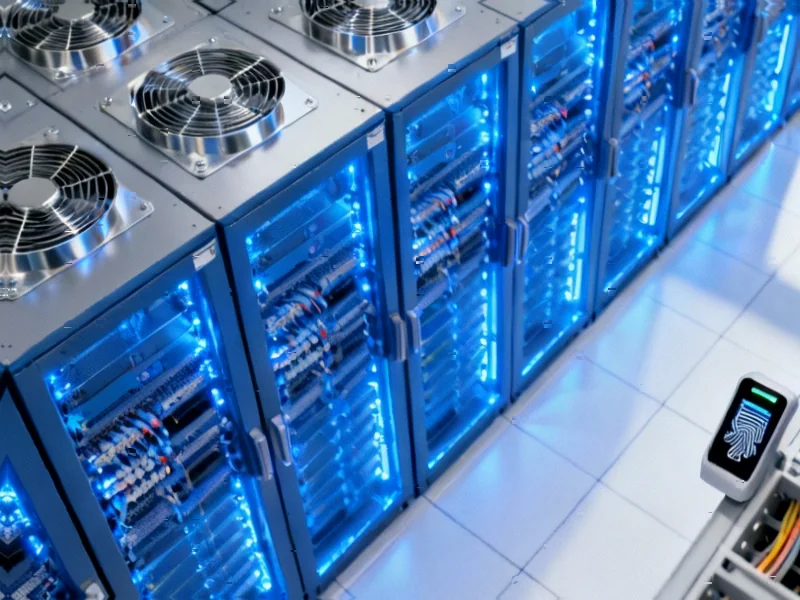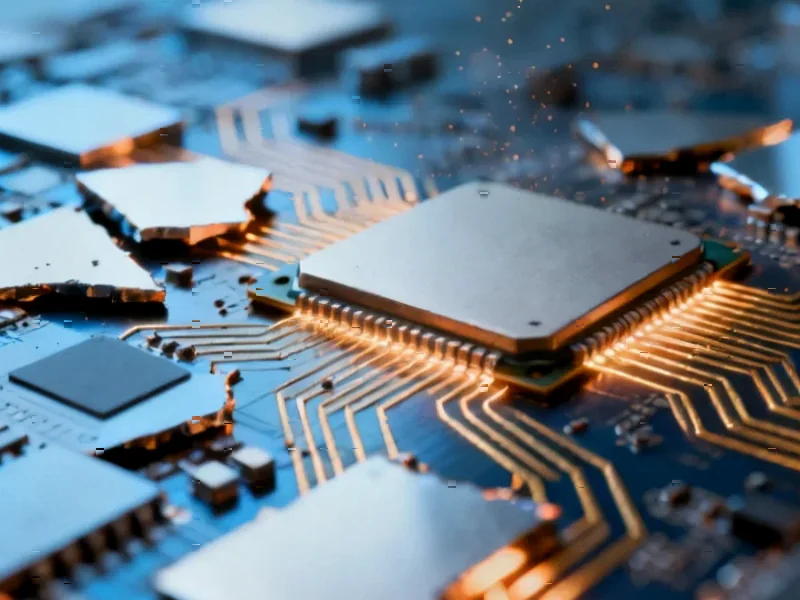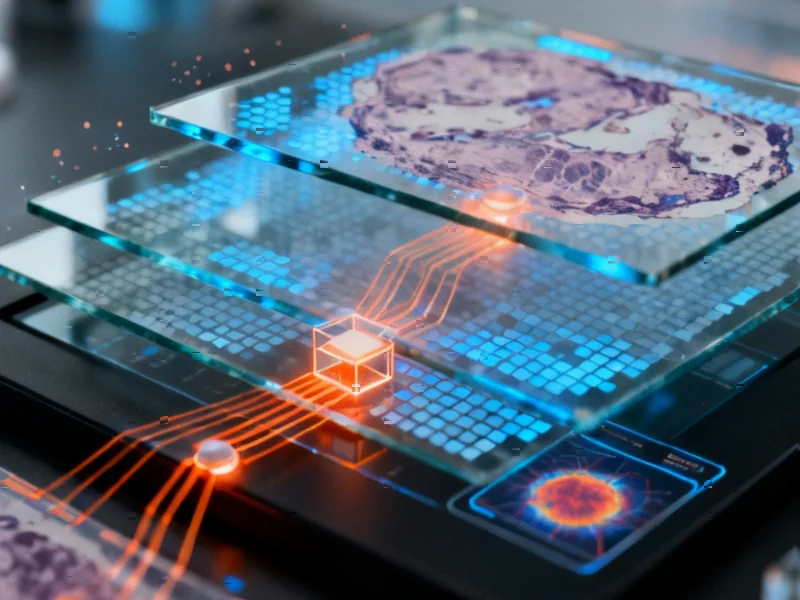According to CRN, CrowdStrike and Nvidia announced a significant partnership expansion on Tuesday during Nvidia GTC in Washington, D.C., focusing on deeper integration of their AI capabilities for creating and deploying security agents. The collaboration builds on September’s integration between CrowdStrike’s Charlotte AI AgentWorks and Nvidia’s Nemotron models, with executives from both companies emphasizing expanded opportunities for solution providers and partners. Key initiatives include using Nvidia’s NeMo Data Designer to build “deeper agents” based on CrowdStrike’s proprietary data, accelerating AI deployment to edge computing environments, and enabling customers to train Nemotron models with CrowdStrike data. This strategic move positions both companies to capitalize on the growing intersection of AI and cybersecurity.
Table of Contents
The Strategic Imperative Behind the Alliance
This partnership represents more than just technical integration—it’s a calculated response to the evolving threat landscape where traditional cybersecurity approaches are becoming obsolete. As artificial intelligence capabilities advance, so do AI-powered attacks, creating an arms race that demands equally sophisticated defenses. CrowdStrike brings to the table its massive repository of threat intelligence and security expertise, while Nvidia contributes the computational horsepower and AI framework necessary to process this data at scale. What makes this collaboration particularly strategic is the timing—enterprises are just beginning to understand the security implications of widespread AI adoption, and this partnership positions both companies as first movers in what could become a massive market segment.
Beyond Buzzwords: The Technical Innovation
The integration between CrowdStrike’s Charlotte AI and Nvidia’s Nemotron represents a significant advancement in practical AI deployment. While many companies talk about AI integration, this partnership addresses the fundamental challenge of making AI actionable in security operations. The use of Nvidia’s NeMo Data Designer to transform analyst expertise into trainable datasets is particularly noteworthy—this moves beyond simple pattern recognition toward capturing institutional knowledge and human intuition. The edge computing focus is equally strategic, as security decisions increasingly need to happen locally rather than in centralized data centers to maintain performance and reduce latency. This approach could fundamentally change how organizations think about computer security architecture in distributed computing environments.
Shifting Competitive Dynamics
This partnership creates ripple effects across multiple competitive landscapes. For CrowdStrike, it represents a defensive move against Microsoft’s growing security ambitions and a offensive play to capture market share from legacy security vendors struggling with AI integration. For Nvidia, this expands their enterprise footprint beyond traditional AI training and inference workloads into the high-value cybersecurity vertical. The timing is particularly interesting given increasing regulatory scrutiny of major tech partnerships—by focusing on cybersecurity, both companies can position their collaboration as addressing national security concerns rather than merely commercial interests. This could become a template for how AI hardware providers and security software companies collaborate in the future.
The Implementation Challenges Ahead
While the partnership announcement sounds promising, significant implementation hurdles remain. The integration of complex AI systems with existing security infrastructure is notoriously difficult, and the “AI factories” mentioned by Nvidia executives represent a substantial deployment challenge for enterprise customers. There are also questions about model transparency and explainability—when AI agents make security decisions, organizations need to understand the reasoning behind those decisions for compliance and audit purposes. The edge computing focus introduces additional complexity around model management, updates, and consistency across distributed environments. These technical challenges could slow adoption despite the compelling vision presented by both companies.
Broader Market Implications
This partnership accelerates the convergence of several major technology trends: AI democratization, edge computing expansion, and the evolution of cybersecurity from prevention to autonomous response. The emphasis on partner opportunities suggests both companies recognize that ecosystem development will be crucial for widespread adoption. We’re likely to see increased competition in the AI security agent space, with other major players needing to respond with their own partnerships or acquisitions. The focus on creating “specialized, threat-hunting agents” points toward a future where security operations become increasingly automated, potentially reducing the burden on human analysts while raising questions about job roles and required skills in security operations centers.
The Road Ahead for AI Security
Looking forward, this partnership could establish a new benchmark for what enterprises expect from AI-powered security solutions. The ability to fine-tune models with domain-specific data addresses a key limitation of current generative AI approaches in security contexts. However, success will depend on execution—can these integrated solutions deliver measurable improvements in detection accuracy and response times without introducing new complexities? The reference to protecting “the speed of AI” acknowledges that the threat landscape is evolving faster than human-led security operations can respond. This partnership represents an important step toward autonomous security systems that can keep pace with AI-powered threats, but the ultimate test will be in real-world deployment and effectiveness against sophisticated adversaries.
Related Articles You May Find Interesting
- Fairphone 4’s Android 15 Leap: What It Means for Sustainable Tech
- AI’s Reality Check: Why 25% of Enterprise Spending Faces Delay
- Amazon’s Manager Purge Signals Deeper Cultural Shift
- Why Helix Editor Represents a Shift in Linux Development Tools
- Bitcoin Miners’ Secret Weapon: Speed Over Scale in AI Land Grab



